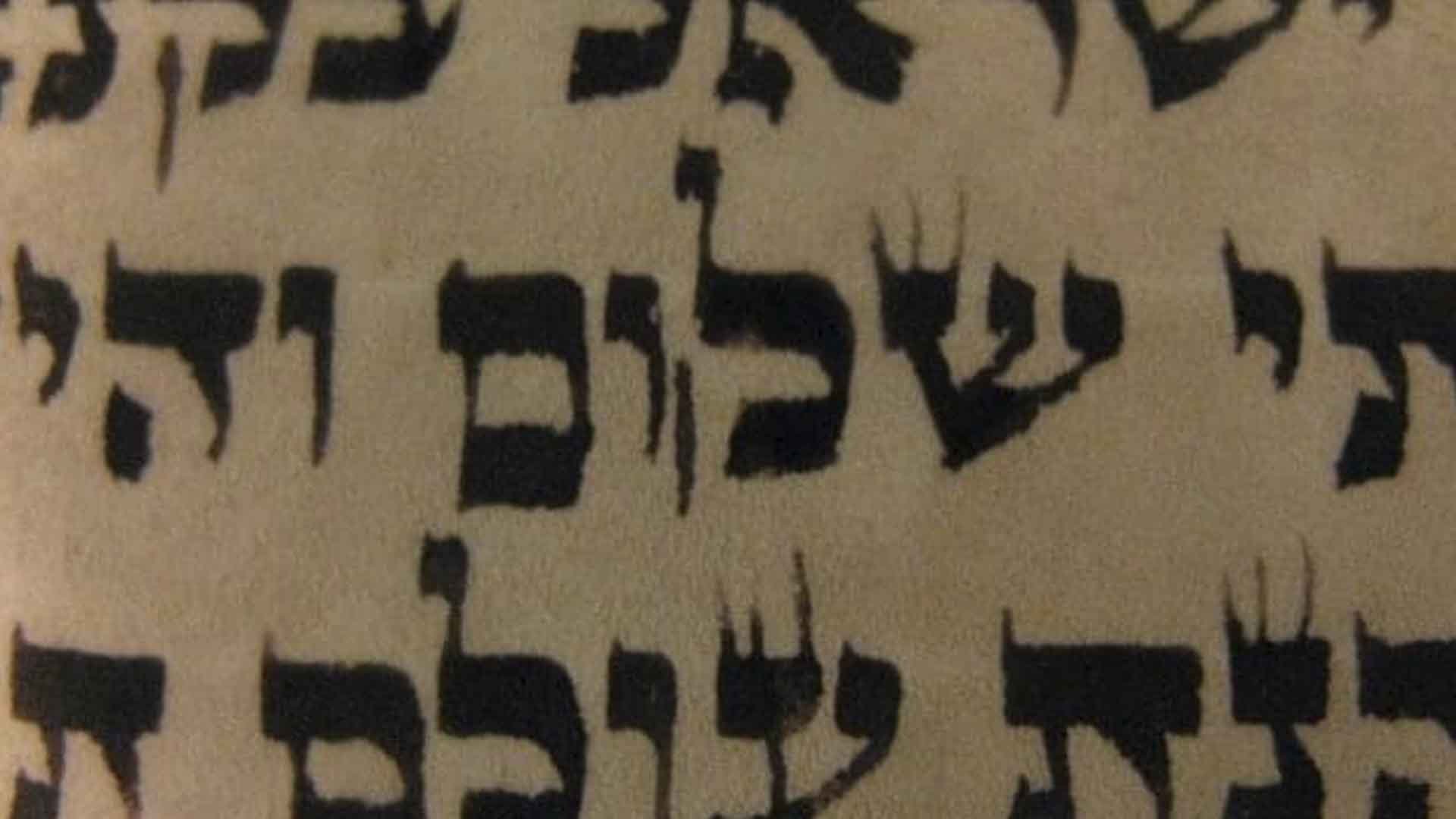For the source text click/tap here: Kiddushin 72
To download, click/tap here: PDF
Mamzerut is as old as the Torah but remains shrouded in stigma, secrecy, and shame.
It is so taboo that people don’t utter the word mamzer in polite company outside of Torah study. It’s used as a curse word, roughly equivalent to bastard.
The Torah mentions the word only twice, in passages that fail to define who a mamzer is or the prohibitions he or she faces.
For the last few pages, the Talmud has been focussed on the status of various classes of Jews, Gentiles, and those in-between.
The last Mishnah of the previous chapter detailed a method devised by Rabbi Tarphon (who lived between the destruction of the Second Temple in 70 CE and the Bar Kochba revolt in 135 CE) to allow the descendants of a mamzer to marry into the Jewish people, and the laws of genealogy continue in this, the last chapter of the last tractate of Nashim.
Mamzerut is as old as the Torah but remains shrouded in stigma, secrecy, and shame.
Deuteronomy 23:2 states that “a mamzer shall not enter the congregation of the Lord; even to his tenth generation shall he not enter into the congregation of the Lord.” Zachariah 9:6 states that “a mamzer shall dwell in [the port city of] Ashdod and will cut off the pride of the Philistines.”
We explore the work of Prof Meir Bar Ilan in his cultural analysis of Mamzerut and the Late Antique Period.




















